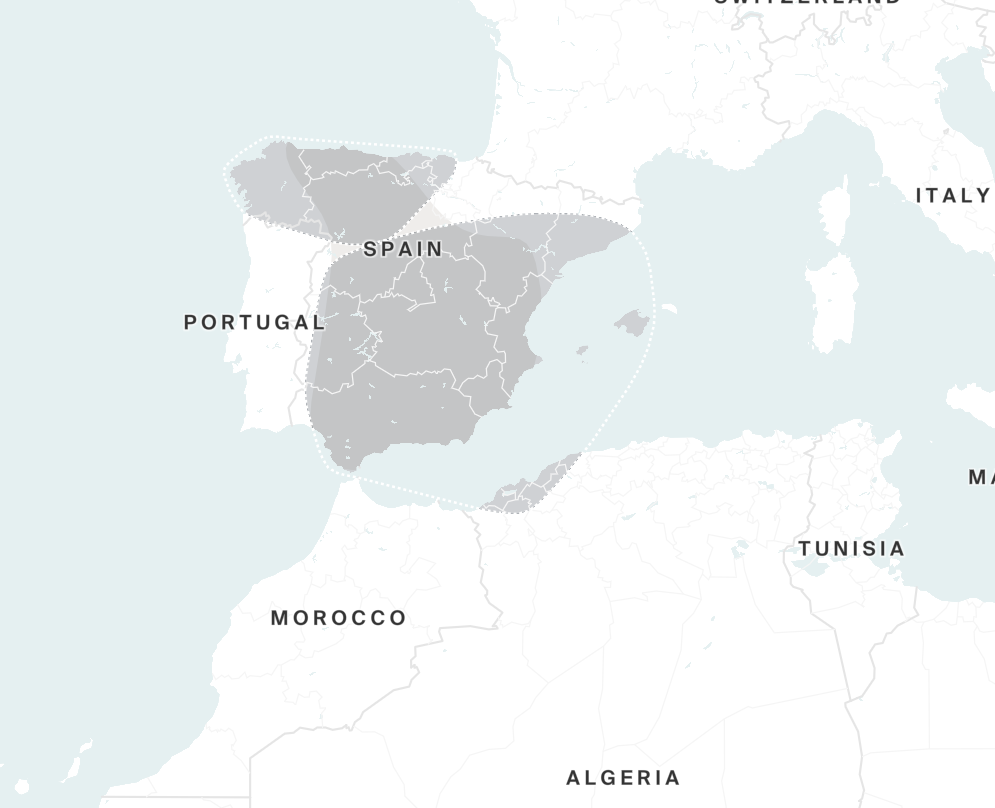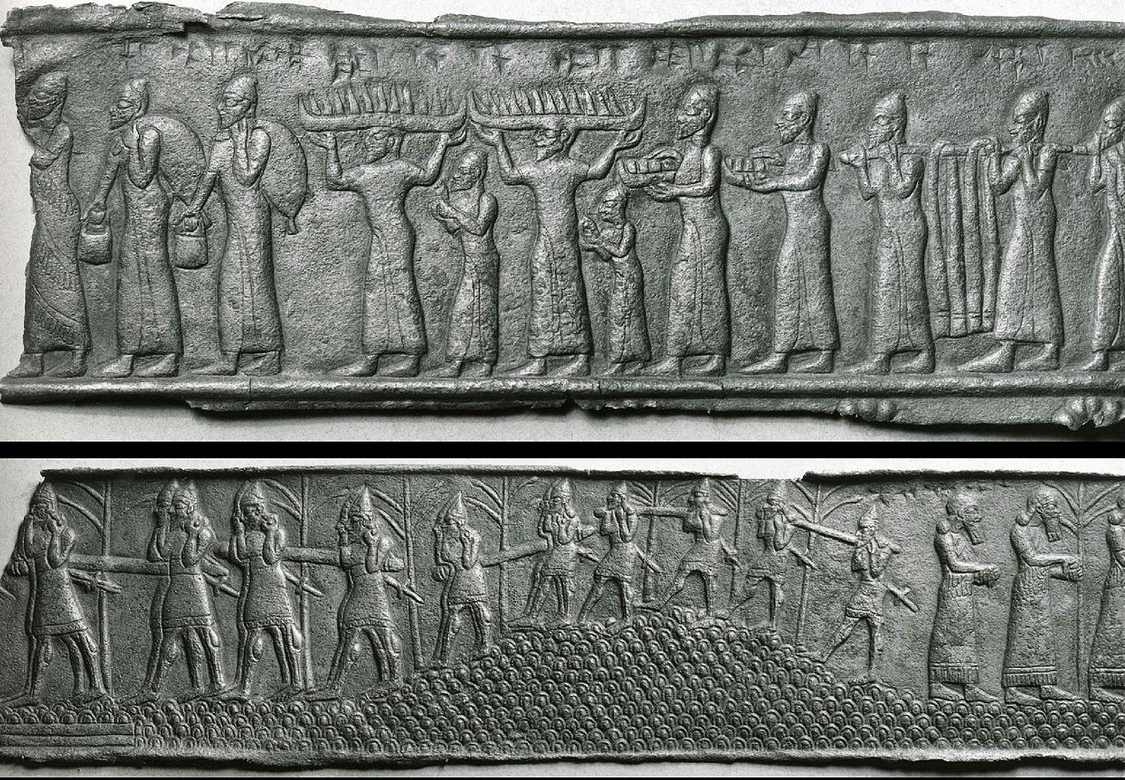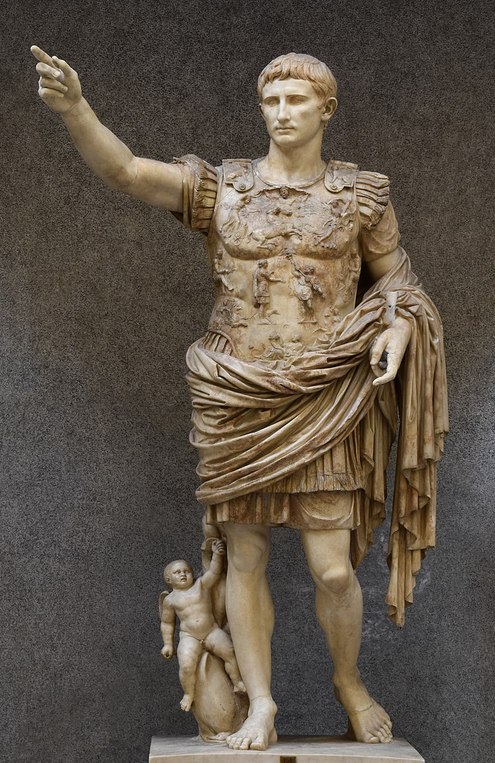What is Spain DNA Ethnicity on Ancestry?
The results of our AncestryDNA tests may sometimes be what we expect or on occasion may be a big surprise. Either way, often we need a little more information regarding some of the regions that arise in our ethnicity estimates.

One region that is not at all uncommon is the Spain DNA region. Those who still live in this region already understand all about its history and culture. There are others, however, who may never have even visited or in fact been aware that they have ancestors from that area.
In this post we will go into more detail with regards to the history, geography and culture of the Spain region. We will also discuss what it means to be from this region and how easy or difficult it might be to trace our roots in the Spain Region.
What Is the Spain DNA Region?
The Spain DNA region as the name would suggest focuses on the Iberian Peninsula country of Spain itself. It does expand partially into northern Portugal but is not as prevalent in northeastern Spain. There is also some influence from this region in South America.

Spain DNA Region Subregions
There are two subregions in the Spain DNA region with a few smaller communities included which may help a researcher further determine where a test taker's ancestors may have originated from.
Northern Spain & Argentina
The Northern Spain & Argentina region focuses on northern Spain and a small area in the South American Nation of Argentina. This region has three smaller subregions contained within it that include:
- Northeast Spain
- Northern Spain
- Northern Spain & Argentina
Southern Spain
The Southern Spain subregion is much larger than the Northern Spain & Argentina region covering most of the rest of Spain as well as the islands to the east and parts of mainland northern Africa to the south. There are no further subregions to the Southern Spain region.
Spain Region History
Early Humans
There is evidence of hominid presence in the region we know as Spain today as far back as 300,000 years. Based on the Fossil records these were Neanderthals, and other early modern human ancestors. Homo Sapien Sapiens or modern-day humans first appear in the fossil record of the region after 35,000 BC.
Isolated somewhat due to the glaciers of the last ice age the Iberian peninsula on which Spain sits would have been a land of plenty for the early human hunters and gathers. Around 10,000 BC, however, the glaciers began to recede north and the sea levels rose. This would cause the large game animals in the region to move northward. As a result the inhabitants of the peninsula would have to adapt and find new food sources.
The sea became an additional source of food for the peoples of the Iberian Peninsula in the form of shellfish. Over time life advanced and the peoples of the peninsula developed better tools and weapons keeping pace with the rest of Europe in its social development.
The Arrival of the Phoenicians
Over thousands of years, settlements on the peninsula developed, disappeared and shifted based on the natural resources. There were countless tribes throughout the region interacting with each other and at times trading with neighboring countries.
Around 800 BC a group known as the Phoenicians arrived in the peninsula from a region in what is now modern-day Lebanon. These sailors had already settled along the North African coast founding several cities that still exist today.

The mineral wealth of the Iberian Peninsula was too tempting so the Phoenicians made their way to southern Spain establishing settlements. This would be just the beginning of a huge trade system originating from the Peninsula and numerous other societies would come to settle the region at various times.
The Greeks
Around 575 BC the Greeks established two small colonies in the northeast of the peninsula bordering France. They would focus on trade in olive oil, perfumes and fine pottery and extensive trade partnerships were created with the Phoenicians.
Rise of the Iberians
The indigenous tribes of the peninsula were gradually drawn into the new systems of the Phoenicians and Greeks assimilating some of the cultures from these Eastern new arrivals. However, they still held to some of their own ways so they were a distinct society unto themselves.
Around 550 BC was when classical writers began to mention the Iberians in their works. They were recorded as having their own distinct language and cultural practices. They created their own cities inspired by the Greeks and Phoenicians with economies focused on agriculture.
The Romans
Rome had an interest in Spain due to its mineral wealth but really did not want to settle the region. Their initial attacks were more to cut off reinforcements from the region that would help boost the army of Hannibal.

The Romans invaded, taking gradual control of the region and spent centuries battling local tribes throughout the peninsula. Some immigration happened from Italy at this time as part of the booming silver mines but they did not settle the region in vast numbers.
The Germanic Tribes
Around 500 AD when Roman control over Europe was waning the last military presence from Rome was pushed from the peninsula by the Germanic Visigoths. This barbarian tribe had been a thorn in Rome’s side for centuries and they established settlements in northern Spain.
The Basque region which is a unique cultural area of northern Spain and southern France marks the approximate area in which these Visigoths settled. A unique language is spoken in this region that has its roots in both Germanic and Iberian tribal linguistics.
This arrival of the Visigoths led to the rise of several kingdoms which for many centuries experienced internal conflicts. The level of unrest on the peninsula did not go unnoticed as Islamic leaders in neighboring North Africa took notice.
Islam on the Iberian Peninsula
In the year 711 AD, the conquest of Spain began when Muslim forces took the island of Gibraltar. The campaign moved swiftly and by the time it ended much of the peninsula with the exception of some northern regions was under Muslim control.
As with Rome, the Muslim Empire extended itself too far and its control started to fall apart. Catholic kingdoms in the north of Spain took advantage and started to fight back against the Muslim forces. The first city to be reclaimed by the Catholic kingdoms was Toledo in 1085. Eventually, the Muslim presence was driven from the peninsula but not before it made its mark on society and the people.
How Did You Get Spain Region DNA?
If you already know that you had family who came from Spain or any of the bordering states then you know why you have Spain region DNA. If this result came as a surprise you may not know how exactly you came by DNA from this region.

If you have a sizable percentage of DNA from this region then it is likely you have an ancestor who was born in or close to the country of Spain.
Is the Result Accurate?
When it comes to ethnicity estimates the higher the percentage you have from a certain region the more likely it is to be accurate. If your percentage is low, however, then it is harder to pinpoint exactly where your most recent ancestors came from.
A low result could mean a distant ancestor from that region. It is best to focus on your highest rated region's matches to determine where your ancestors came from more recently. A low percentage can often be hard to locate because the ancestor in question could be many generations back in your tree.
How to Research my Ancestry from These Regions
The results of a DNA ethnicity test are of course a great place to start especially if there is an unexpected result found in the report. As always of course the DNA cannot tell the whole story and we need to actually do the research work.
A percentage on an ethnicity estimate means very little unless you follow through and start building up your family tree. The relevant ancestors may be several generations back and it may take a lot of research to discover who they were.
If you have specific regions mentioned in your report then you have a good idea of where your ancestor may have originated from. Ancestry DNA even has migratory information from some of these regions through to the final settlement places in the United States or elsewhere in the world.
Using Ancestry you may be able to determine not only who your ancestors were but where they are from in the region and perhaps the reason they decided to move.
Spanish Migration
When Christopher Columbus sailed under the flag of Spain in 1492 and stumbled upon the Islands off of South America this set in motion what would become a mass Spanish migration to South America. As explorers delved deeper into South and Central America more and more Spanish settlements would arise.
A vast amount of South and Central America’s modern day population possesses a combination of Indigenous Americas and Spanish or Portuguese DNA. An estimated 1.86 million Spaniards are thought to have settled in the Americas between 1492 – 1832. A further 3.5 million immigrated to the region between 1850 – 1950 in the post-colonial era.
Final Thoughts
The Spain DNA region for thousands of years was isolated from the rest of Europe by the ice age allowing early humans to thrive in a land of plenty and lay the basis for a unique culture and DNA. Once the glaciers receded a host of neighboring European powers started to arrive and add their various influences to the culture.
Additionally the proximity of North Africa to the south of Spain brought in an added influence that has made Spain and its neighbor Portugal even more unique. This unique DNA then traveled across the Atlantic to the New World in the wake of the famous voyages of Christopher Columbus in the late 15th century.
Link To or Reference This Page
We spent a lot of time downloading, cleaning, merging, and formatting the data that is shown on the site.
If you found the data or information on this page useful in your research, please use the tool below to properly cite or reference Name Census as the source. We appreciate your support!
-
<a href="https://namecensus.com/blog/what-is-spain-dna-ethnicity-on-ancestry/">What is Spain DNA Ethnicity on Ancestry?</a>
-
"What is Spain DNA Ethnicity on Ancestry?". NameCensus.com. Accessed on May 4, 2024. https://namecensus.com/blog/what-is-spain-dna-ethnicity-on-ancestry/.
-
"What is Spain DNA Ethnicity on Ancestry?". NameCensus.com, https://namecensus.com/blog/what-is-spain-dna-ethnicity-on-ancestry/. Accessed 4 May, 2024
-
What is Spain DNA Ethnicity on Ancestry?. NameCensus.com. Retrieved from https://namecensus.com/blog/what-is-spain-dna-ethnicity-on-ancestry/.
